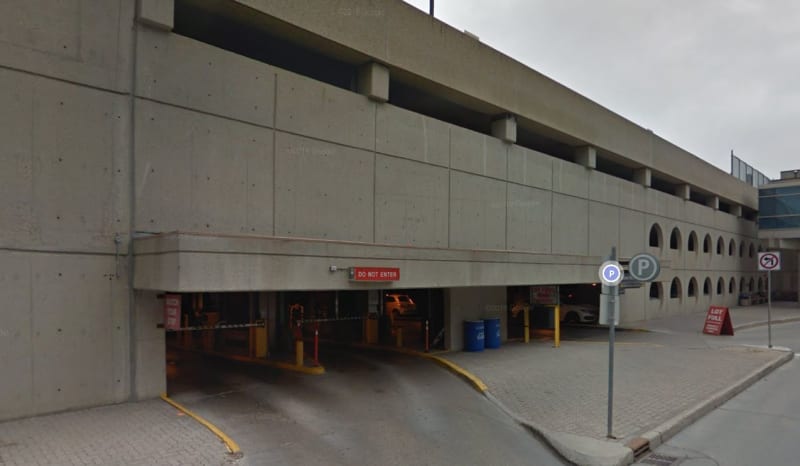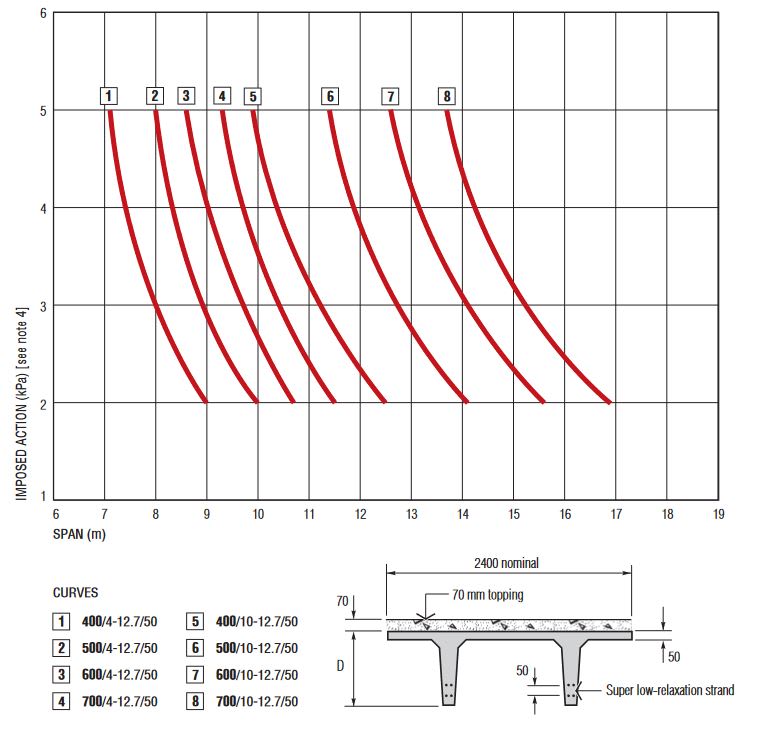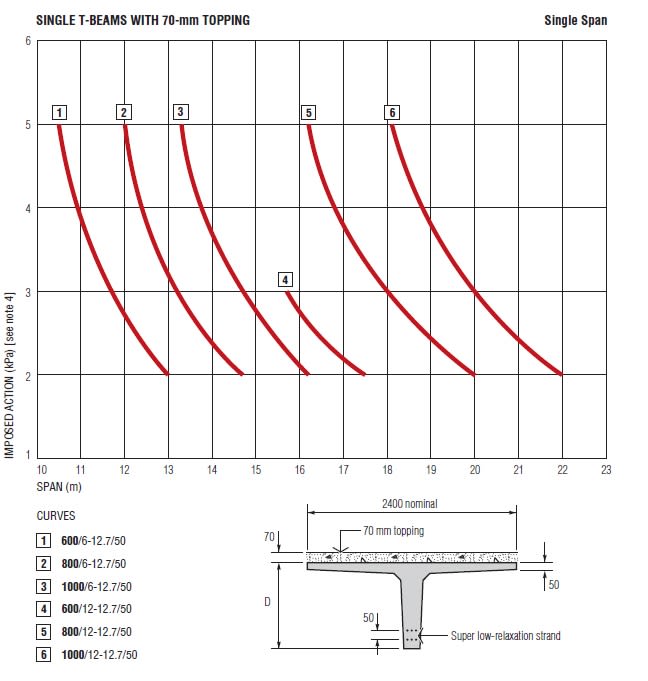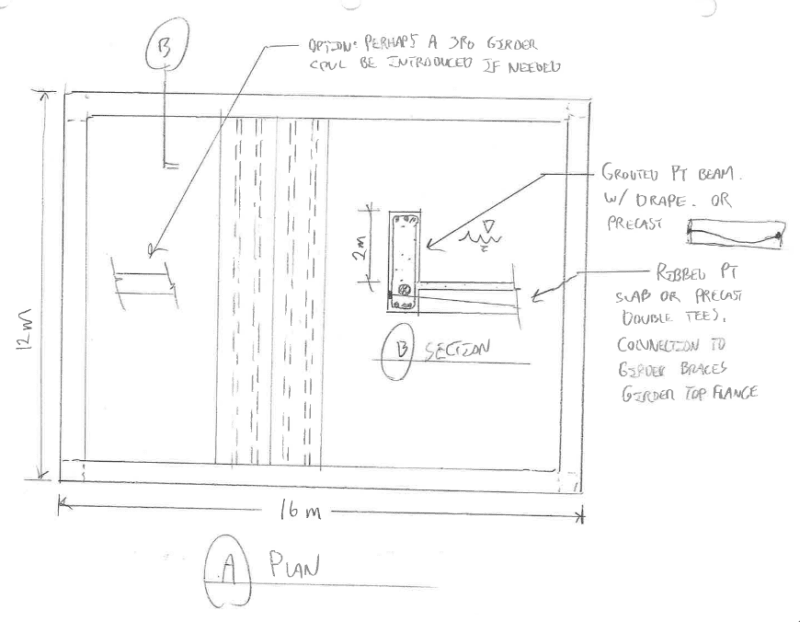Dear Friends
i have storage water tank structure [serve as building roof and storage tank]
for concrete slab structure (span 16 meters) applied loading 20+22 KPa [kN/m2]
1- my assumed slab depth is L/18 ---> H=16e3/18 =900 mm (DL = 22 KPa)
if i switch to prestressed slab
2- what will be the slab depth [approximate] ?
3- Is prestressed double Tee would be more cost effective option ?
i have storage water tank structure [serve as building roof and storage tank]
for concrete slab structure (span 16 meters) applied loading 20+22 KPa [kN/m2]
1- my assumed slab depth is L/18 ---> H=16e3/18 =900 mm (DL = 22 KPa)
if i switch to prestressed slab
2- what will be the slab depth [approximate] ?
3- Is prestressed double Tee would be more cost effective option ?




